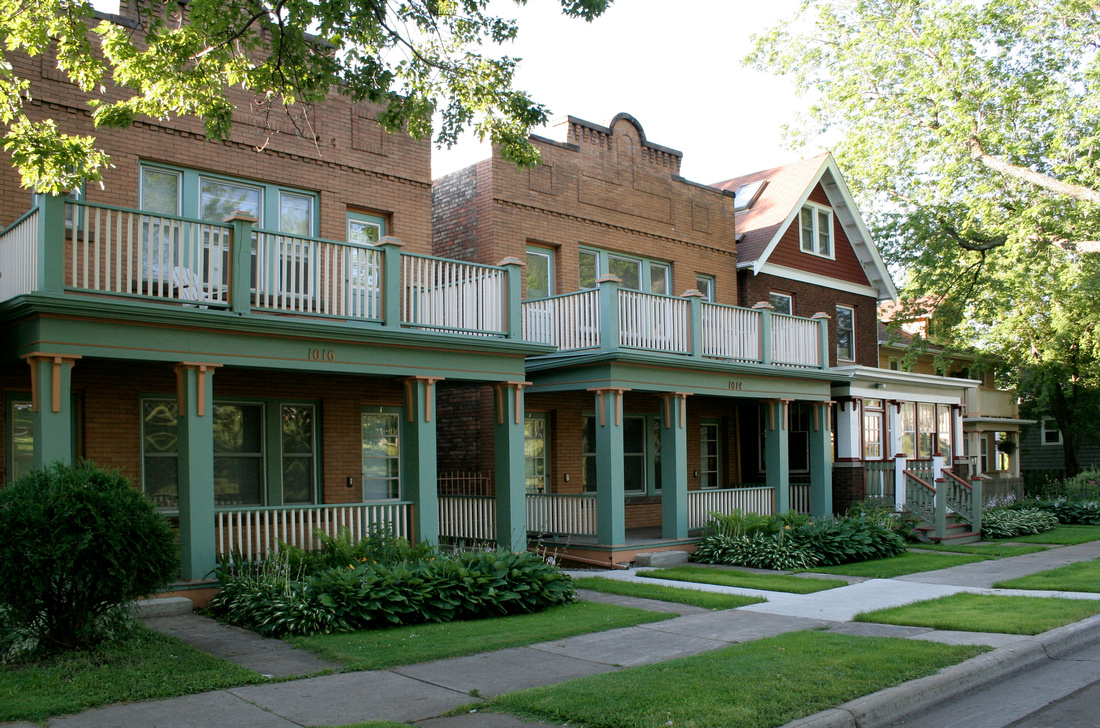 Sometimes to build something decent you have to go through a really painful exercise of re-writing the local zoning code.
Sometimes to build something decent you have to go through a really painful exercise of re-writing the local zoning code.
You could limit your brain damage to negotiating a re-write of the zoning code for just your site. Lots of municipalities have rules for this on their books which allow for greater flexibility in site planning in return for higher quality design. You can rewrite the rules for your site to you if you apply for something called a Planned Development Permit (PD) or Planned Unit Development (PUD). This extra step can be frustrating if what you are proposing to build is completely in line with the town's big picture policy documents like the General Plan or the Comprehensive Plan, it's just out of sync with the more specific Zoning Code of Development Standards. Being inline with the big picture but out of line with the small-bore rules is tough. The staff gets nervous and you get a heightened level of attention and scrutiny while the folks building schlocky snout houses, McMansions and regrettable strip retail get a pass because they are doing what the small bore rules in the zoning code require.
If you get your rewrite of the rules adopted as a PD or PUD you may be surprised when the local fire marshal shows up and tells you that they are removing the parking from the curb in front of your project. And that's what's wrong with the PD/PUD. It is a half measure that puts the developer/builder through a protracted negotiation with the staff and planning commission that still leaves room for a stunning and arbitrary decision by the fire marshall or the public works director after the project is built.
If you want greater certainty, build in places that already have the code in place that allows what you want to build as-of-right. If the local zoning is messed up and out of whack with the big picture policies of your town, push to get the zoning code and the development standard brought in line, particularly if you intend to build more than one project in a place that you care about. The best place to find the open source tools needed to rewrite a zoning code so that you can build walkable urbanism is The Center for Applied Transect Studies (CATS). While that is certainly an extremely geeky name, they are providing Excellent Free Stuff from Smart People. You can download the latest version of the SmartCode (Version 9.2). The SmartCode is a framework that is already in place in many communities along with a host of interesting SmartCode modules you can use in addition to the base SmartCode. All this great free stuff is available for download as PDF documents and in editable files for Excel, Adobe InDesign, and Word.
http://transect.org/
There are also a ton of great photographs , drawings and diagrams. It is a great resource that deserves your attention.
A 17 minute video on Urban Transect Theory https://vimeo.com/40099153. There are lots of other Transect videos up on YouTube. Please post comments with your favorites.


